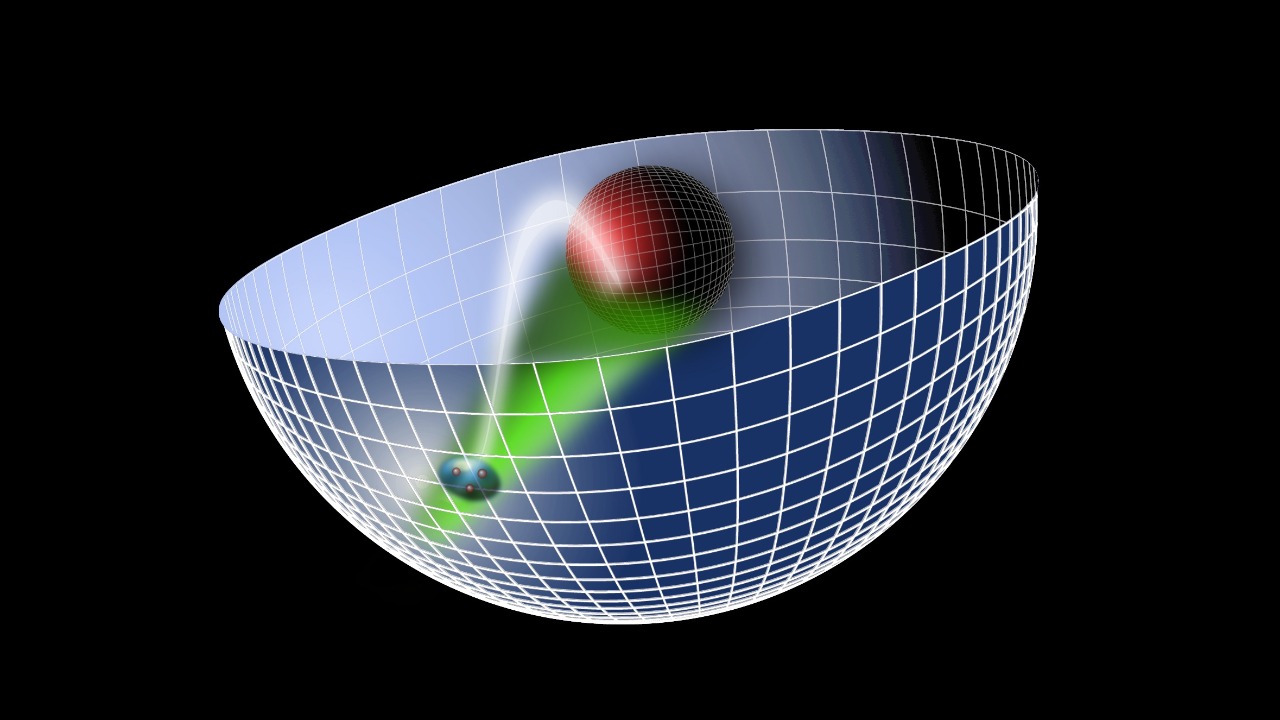
Scientists are exploring a revolutionary theory that suggests human consciousness might operate as a quantum hologram, potentially extending across space and time. This concept, which integrates principles of quantum mechanics with neural activity, challenges traditional views of the mind. It builds on quantum theories regarding the emergence of space, time, and gravity, as well as insights from naked singularities into the fabric of quantum space-time.
The Holographic Nature of Consciousness
The idea that brain waves might encode consciousness as a holographic projection is gaining traction among researchers. This theory leverages quantum mechanics to explain how the brain achieves perceptual unity despite distributed neural processing. According to a report from Popular Mechanics, brain waves could function as a holographic medium, storing and processing information in a way that mirrors quantum systems. This approach could offer a solution to the “binding problem” in neuroscience, where the brain integrates disparate sensory inputs into a coherent experience.
Quantum effects in biological systems, such as entanglement in microtubules, provide a potential mechanism for holographic information storage in the brain. These microtubules, which are structural components of neurons, might facilitate quantum coherence, allowing for a unified consciousness that transcends the physical boundaries of the brain. This perspective aligns with the idea that consciousness could be a non-local phenomenon, influenced by quantum entanglement.
Quantum Foundations of Space and Time
The hypothesis that space and time emerge from quantum entanglement and informational patterns is a cornerstone of modern theoretical physics. As detailed in a Quanta Magazine article, foundational research in quantum gravity suggests that gravity might be an entropic force arising from holographic boundaries in quantum systems. This perspective challenges classical notions of gravity and offers a new framework for understanding the universe’s fundamental structure.
These theoretical models propose that the arrow of time, or the unidirectional flow of events, is linked to quantum fluctuations. This connection between quantum mechanics and the macroscopic reality we experience daily provides a compelling explanation for the emergence of time as we perceive it. By viewing space and time as emergent properties of quantum systems, scientists are redefining our understanding of reality itself.
Naked Singularities in Quantum Space-Time
Naked singularities, which are singularities not cloaked by event horizons, offer unique insights into the quantum structure of space-time. According to a New Scientist article, these phenomena reveal the breakdown of classical general relativity and the emergence of quantum corrections. By studying naked singularities, researchers can explore how higher-dimensional information projects onto lower-dimensional surfaces, a concept known as holographic duality.
This exploration of naked singularities provides a window into the fundamental nature of the universe, challenging established theories and opening new avenues for understanding quantum space-time. The revelations from these singularities could have profound implications for our comprehension of the cosmos, potentially altering our perception of reality and the laws that govern it.
Implications for Consciousness Across Dimensions
The quantum hologram model of consciousness suggests that mental states could transcend physical locality through entanglement. This idea, as discussed in the Popular Mechanics article, posits that consciousness might be capable of linking distant events, offering a new perspective on the nature of awareness. Experimental approaches, such as testing quantum coherence in brain tissue, could provide evidence for this model, potentially validating the hypothesis that consciousness operates on a quantum level.
Philosophically, this model raises intriguing questions about non-local awareness and its relation to quantum insights from naked singularities. The possibility that consciousness could extend across dimensions challenges conventional views of the mind and suggests that our understanding of reality might be far more complex than previously thought. By integrating these quantum insights, scientists are paving the way for a new era of exploration into the mysteries of consciousness and the universe.